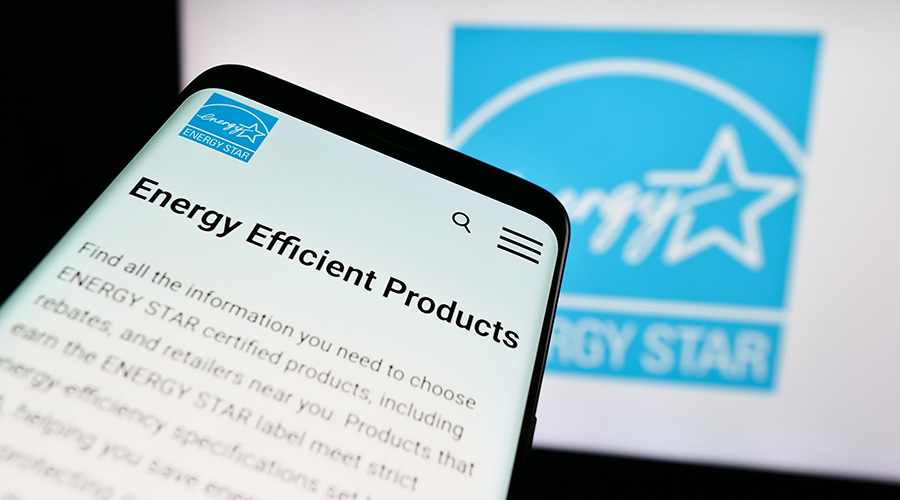How LEED Complements Facility Health and Wellness Strategies
From sourcing and selecting healthy materials to contributing to overall public health, several LEED credits are focused on occupants' health and wellness.
OTHER PARTS OF THIS ARTICLEPt. 1: This Page
For nearly two decades, the LEED green building rating system has stood for sustainable, environmentally sound, cost-effective, and healthy development. When project teams, owners, and tenants talk about LEED, they often focus on reduced environmental impact and money saved, sometimes neglecting the third leg of the triple bottom line: people.
Human health considerations have always been a primary component of LEED; sourcing and selecting materials that support and promote good health, providing occupants with abundant daylight, improving indoor air quality, and more have been objectives of the rating system from the very beginning. While the aim of providing healthy buildings is nothing new, industry knowledge and understanding of public health and best practices around human experience have certainly evolved since LEED arrived on the scene.
Among the advancements directly tied to health in green building are the increasing availability of material information through tools like Health Product Declarations, the integration of public health expertise into the LEED rating system, and the inclination to look beyond the four walls of a building for health-promotion strategies.
Material transparency
Transparency within the building materials industry is increasingly important to specifiers, designers, and building owners. Buildings that surround occupants with materials that are verifiably safe and healthy are no longer special cases; they are now expected and demanded. Information on the materials used in our buildings, details on the origin of the material, the environmental impact of the supply chain and the ingredients used within a given material are more widely available now than ever before. As the market has called for greater openness, product manufacturers have begun to respond and tools such as Health Product Declarations (HPD) that make this information accessible are becoming more commonplace.
Within LEED v4, the building product disclosure and optimization – material ingredients credit awards projects up to two points for using materials for which life-cycle information is available and that have environmentally, economically, and socially preferable life-cycle impacts. One way of fulfilling Option 1 within this credit is to use products with published, complete HPDs with full disclosure of known hazards in compliance with the Health Product Declaration Open Standard.
Additionally, the integrative analysis of building materials pilot credit encourages project teams to take a deeper dive into at least three different permanently installed products, to conduct analysis of product attributes, and to catalogue health impacts ranging from carcinogenicity to acute toxicity. Pursuing this credit is an eye-opening experience for many within the industry as they come to better understand the potential impact of their material choices.
Public health integration
Another pilot credit within LEED introduces new and different voices to the project planning process. The integrative process for health promotion pilot credit awards up to one point to project teams that align with a public health partner throughout the design and planning phases of their work. The aim is to identify and activate strategies to address existing health needs and to minimize project features that could present risks to human health.
This credit represents a broader trend toward the convergence of the public health and building sciences. With many public health researchers turning their attention to topics such as worker or student productivity within the built environment, the importance of daylight exposure to proper circadian rhythms, and more, the conversation between facility managers, AEC practitioners, and medical professionals is beginning to define new approaches to human health in buildings.
Beyond the building
Even as buildings are leveraged as tools for health promotion, many within the industry recognize the importance of looking beyond the four walls of an office, apartment building, or school and addressing human health on a community scale. By considering the location and site of a new building, or the ways in which an existing building renovation can make use of outdoor space and tie into the surrounding community, owners and developers are finding new and interesting ways to weave health into design.
Active design concepts that bring the outdoors in and encourage people to get up, walk, and otherwise move around their physical space are growing in popularity. Providing office workers with spaces to connect and unwind, away from their desks and cubicles, allows for mental rejuvenation. Designing with the human brain in mind can ensure indoor acoustics support mental clarity and productivity throughout a work or school day.
As health considerations continue to drive individual and organizational behavior, designers, owners, managers, and others working in the building sector will be well-served by a basic understanding of human health and how their work intersects with public health interests and practices.
Aline Althen is communications director for the U.S. Green Building Council.
Related Topics:












